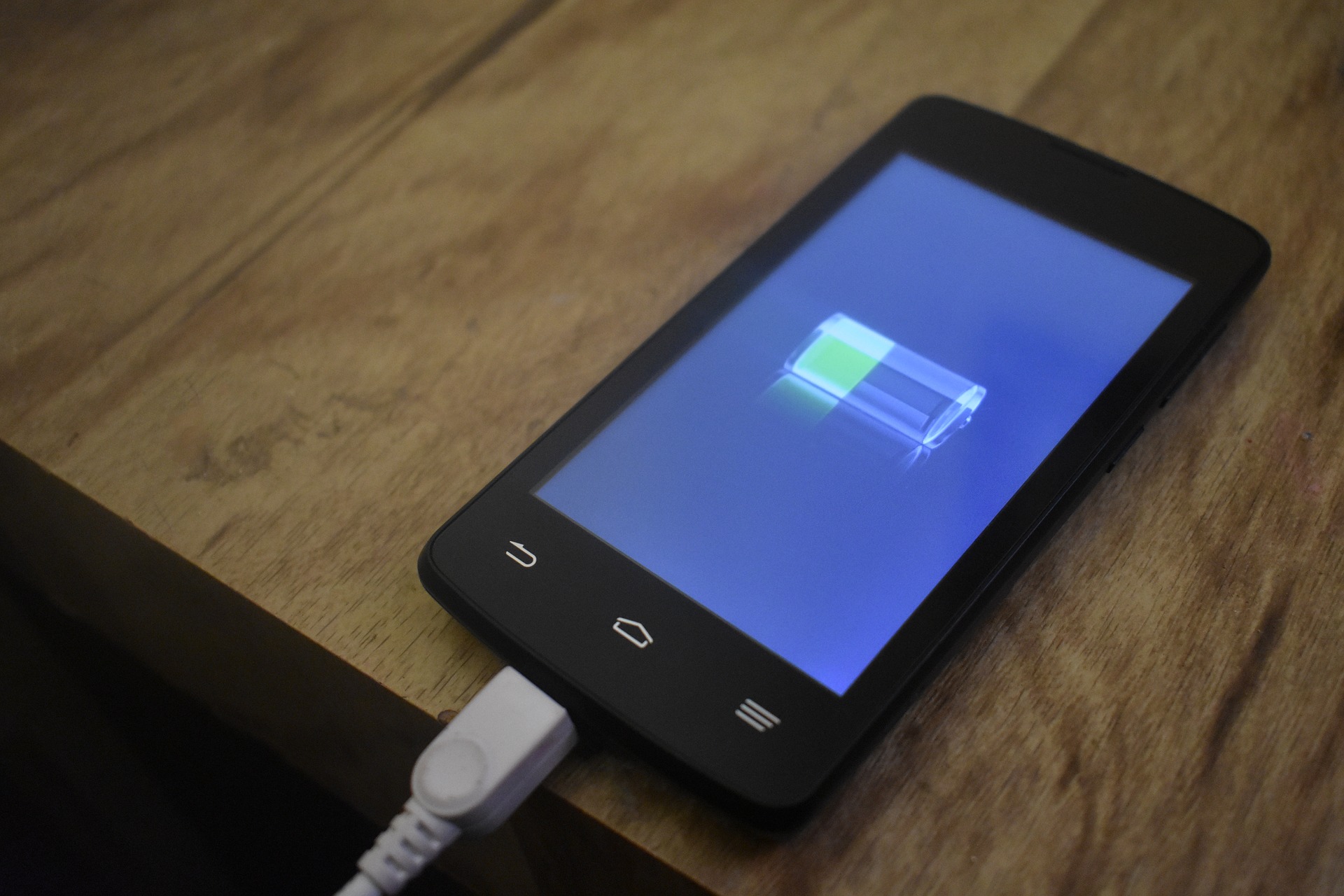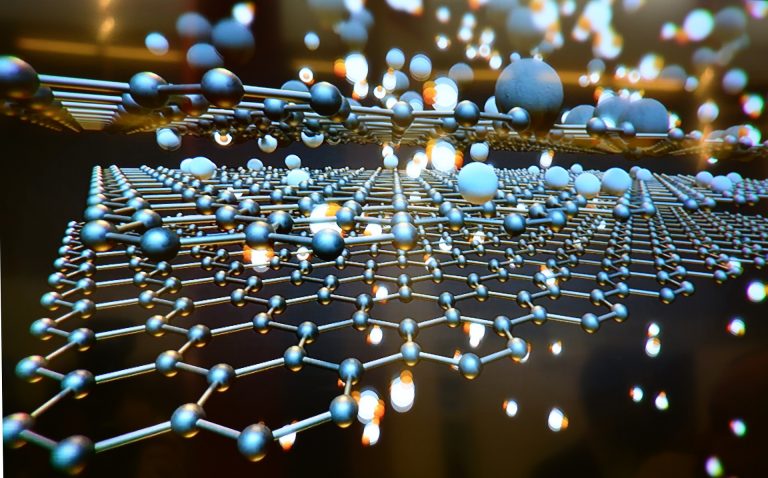Smartphones, laptops, tablets, and other portable electronic devices work on stored energy. Because of numerous advantages over other types of energy-storing cells, lithium-ion batteries are the commonly used power source in such devices. However, the capacity of these batteries is dropping over time, which stands as a major disadvantage. Therefore, scientists have put their efforts into expanding the lifespan of batteries and recently announced that they may have achieved a breakthrough; they discovered a way to make self-repairing batteries.
Briefly on Li-ion batteries
Basic components of every battery are a positive and negative electrode and an electrolyte between them. As mentioned in the paper published in our journal (CN: 1(1), 198-203), lithium-ion batteries are rechargeable, meaning that the chemical reactions within are reversible: when the battery is charging the reactions go one way and the battery absorbs power; when the battery is discharging, the reactions go in the opposite direction and the battery gives out power. These chemical reactions can happen many times in both directions. The products of these chemical reactions are ions, which travel from the positive electrode through the electrolyte into the negative electrode, and vice versa.
The Li-ion battery capacity drops over time
In a lithium-ion battery, the positive electrode is made of lithium cobalt oxide (LiCoO2) or lithium iron phosphate (LiFePO4), and the negative electrode is made of graphite layers, closely packed together. The porous separator, soaked with a lithium-salt electrolyte (e.g., LiPF6), prevents contact between the electrodes and the formation of a short-circuit.
During charging, free lithium ions are released from the lithium cobalt oxide in the positive electrode and move through the electrolyte to the negative electrode, while at the same time, electrons generated in the chemical reactions go from one current collector to the other. Some of the released ions that pass through the electrolyte get stuck in the negative electrode—between graphite layers—creating some unwanted extra space. Since the graphite layers are held together by weak Van der Waals forces, this kind of occurrence causes separation of layers and will eventually lead to developing cracks and flakes—the type of defects known as stacking faults. These cracks in the electrode reduce the battery’s capacity to store charge, so scientists had to figure out how to minimize or even solve this problem.
The self-repairing phenomenon
In a paper published in Nature, scientists from Japan, Spain and France have announced that they had discovered a way to make batteries repair their cracks by themselves using a different electrode.
If the battery is made with a model material—oxygen redox-layered oxide (Na2RuO3)—the team demonstrated that not only does the degradation from charging cycles declines, but also the layers repair themselves. The reason is the presence of the Coulombic attraction in the material, which is stronger than the Van der Waals forces. During charging, the sodium ions return to the positive electrode forming the same structure they started in, repairing cracks that might have formed when the battery was discharging.
“This means batteries could have far longer life spans, but also they could be pushed beyond levels that currently damage them,” said corresponding author Professor Atsuo Yamada in a press release.
Further reading suggestion: “Interview with Prof. Mentus,” a member of the Serbian Academy of Sciences and Arts and expert on batteries.


